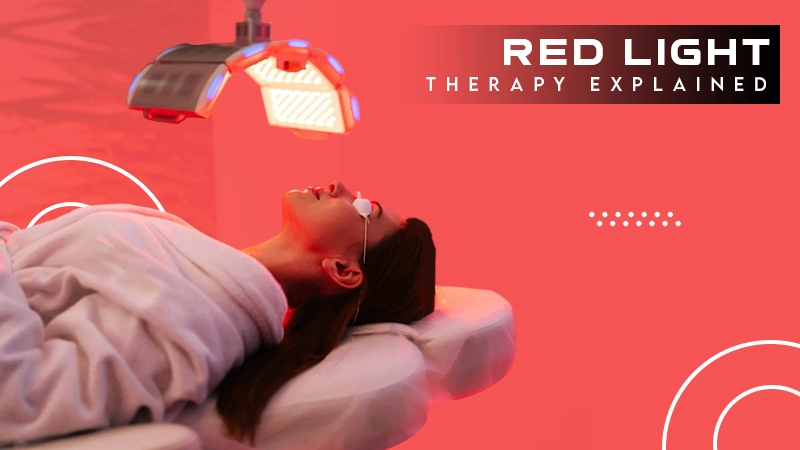The COVID-19 pandemic forced governments to reassess their healthcare model and develop innovative ways to deliver care without breaching social distancing measures.
Telehealth services became the ideal solution. They offered a means of connecting people to medical facilities through video calls or secure text messaging.
This healthcare development has far-reaching applications for the digital generation. They are eager to engage with technology and telehealth is perfect for them.
The Digital Transformation of Healthcare
Healthcare was already on its way towards digitisation years before COVID-19 struck, but the pandemic dramatically accelerated that growth.
Medical facilities were overrun by patients who require emergency care, so they needed to find a way to treat them without making physical contact.
Telehealth filled the void. It proved that medical consultations could be just as safe and effective when delivered remotely as when they are done in person.
Digital platforms remove barriers that may discourage people from receiving care. It works for the digital generation because they thrive on accessibility and instant solutions.
Healthcare is now catching up to that trend through telehealth. It gives patients flexibility and control, which is incredibly valued, especially by the younger generation.
But convenience is just one part of a much larger reason why telehealth is the future of healthcare for today’s digital generation.
Tech-savvy people are comfortable sharing data through apps and wearable devices, and telehealth providers now use those features to deliver care.
It also helps doctors properly assess a patient’s medical condition so they can offer the appropriate diagnoses and personalised treatment plans.
Bringing Healthcare to the Homes of Digitally Connected Australians
Australia has been one of the biggest winners from the emergence of telehealth.
With its sprawling geography and remote communities, accessing traditional healthcare facilities has often been tricky for many Australians.
However, today’s digitally connected landscape has been a game-changer. Telehealth allows Australians to access medical help whenever and wherever they want. This is a vital lifeline for indigenous communities and those living in remote areas.
With telehealth now a preferred choice for a large chunk of the population, numerous providers have jumped in the bandwagon. Choosing the right one can be difficult.
The Medicompare website has resolved the issue. The platform provides impartial reviews of telehealth services to help Australian citizens make informed decisions about their healthcare.
One of the most reputable providers is updoc. As evidenced by this in-depth updoc review, they make it easy for users to reach doctors and get their hands on prescriptions.
For younger Australians who spend most of their time connected to the internet, telehealth fits into their lifestyle. And in a country where distance is a major issue, telehealth is undoubtedly the future of healthcare.
A Game-Changer for Providers in the US
The United States has also started warming up to the idea of telehealth, with many states now considering it a key part of their healthcare provision.
The health sector in the US is thinly stretched, but telehealth has reduced the burden. Millions of Americans now choose virtual care over in-person visits.
While patients enjoy the convenience, providers benefit from efficiency. Telehealth makes it possible for them to attend to more patients in less time and handle follow-ups remotely. It also reduces the chances of missing appointments.
If hospitals are dealing with staff shortages, which is increasingly becoming a problem in the US health sector, virtual care steps in to keep services running without overloading medical teams who already have a lot on their plate.
With technology giving rise to a digital era, medical professionals have plenty of tools at their disposal to make their jobs easier and still deliver the highest quality care possible.
They can keep track of their patients, regardless of where they are located. Telehealth tools are designed to flag any irregularities or potential issues before they become an emergency.









